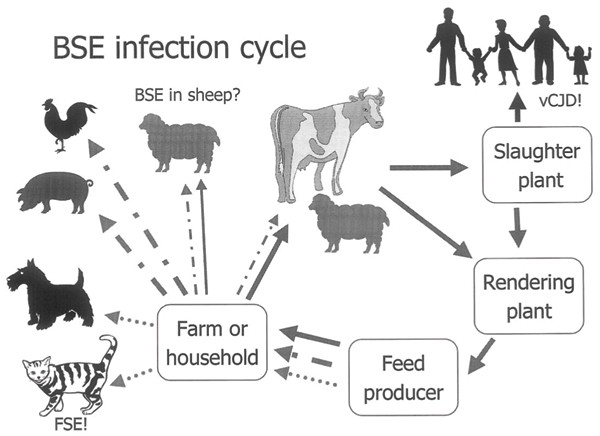Aminoacylation
Protein synthesis take place on ribosomes, where the genetic message encoded in mRNA is translated .The mRNA is translated in the 5’ to3’ direction and the polypeptide is made in the N terminal to C terminal direction. Aminoacids are bought to the ribosome bound to tRNA molecules. The correct amino acid sequence is achieved because of
The binding of each aminoacid to its own specific tRNA
The binding between the codon of the mRNA and the complementary anticodon in the tRNA
mRNA recognizes tRNA codon
was proved by G Von Ehrenstein, B Weisblum and S Benzer.T hey concluded that specificity of codon recognition lies in the tRNA molecule not in the amino acid it carries.
Adding an amino acid to tRNA
The correct amino acid is attached to the tRNA by enzyme aminoacyl –tRNA synthetase.The process is called aminoacylation or charging and it produces aminoacyl tNA or charged tRNA. Amino acylation uses energy from ATP hydrolysis. Since there are20 different amino acids, there are 20 different aminoacyl –tRNA synthetase. Each amino acid recognizes particular structural features of the tRNA.
Steps:
First, Aminoacid and ATP bind to specific synthetase enzyme
Then enzyme catalases a reaction in which ATP loses 2 phosphates and is coupled to the amino acid as AMP to form aminoacyl-AMP.
Next comes tRNA molecule which binds to the enzyme and transfers amino acid from aminoacyl –AMP to the tRNA and then displaces the AMP
The amino acyl tRNA molecule produced is then released from the enzyme.
Chemically amino acid attaches at the 3’end of the tRNA by a covalent linkage between the carboxyl group of the amino acid and 3’OH or 2’ OH groups of the ribose of the adenine nucleotide found at the end of every t RNA.


Comments
Post a Comment